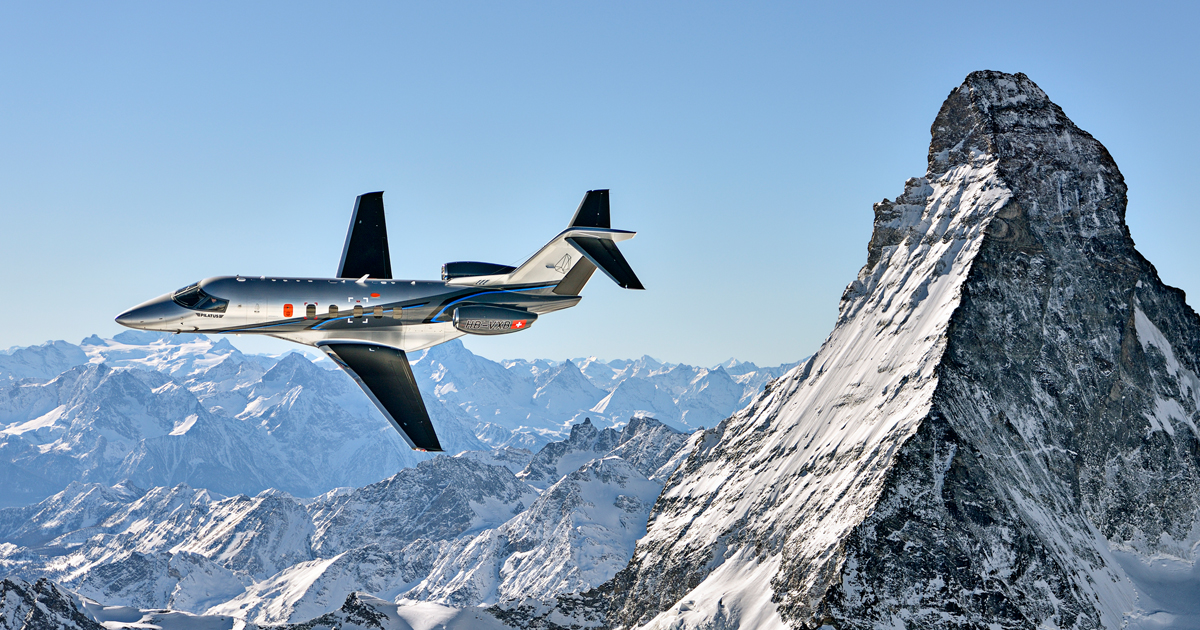Phone: 724.742.4777 | Sales Email: asapinfo@asapinc.net


Method One Drift Down Analysis
For the Method One Analysis, we plot the aircraft trajectory by the optimal route calculations provided by flight planning organizations. We also calculate the fuel burn for approximate aircraft weight loss across the flight path. Obstacles are identified and their distances are calculated from the reference location. The analysis can be calculated with either actual or forecasted atmospheric conditions. Based on temperature, pressure, obstacle height, and safety margins, we can calculate the maximum weight for obstacle clearance. This method can be limiting, but it provides needed enroute performance calculations necessary for flights over mountainous terrain.
Method Two Drift Down Analysis
Method Two is an extension of Method One if limiting obstacles are encountered on a route that does not allow continued flight. If the failure occurs before that point, you must return to the departure or alternate airport. If the failure occurs after that point, you may proceed to the destination airport. Using the point of no return negates the need for a takeoff weight penalty as in Method One.
Enroute Performance
Our enroute performance covers obstacles between the takeoff and landing segments of flight in the event of an engine failure. The loss of an engine at cruise causes the aircraft to drift down to the single-engine service ceiling. Our calculations model this service ceiling and ensure the aircraft will clear obstacles by the required margin.
See it in action!

